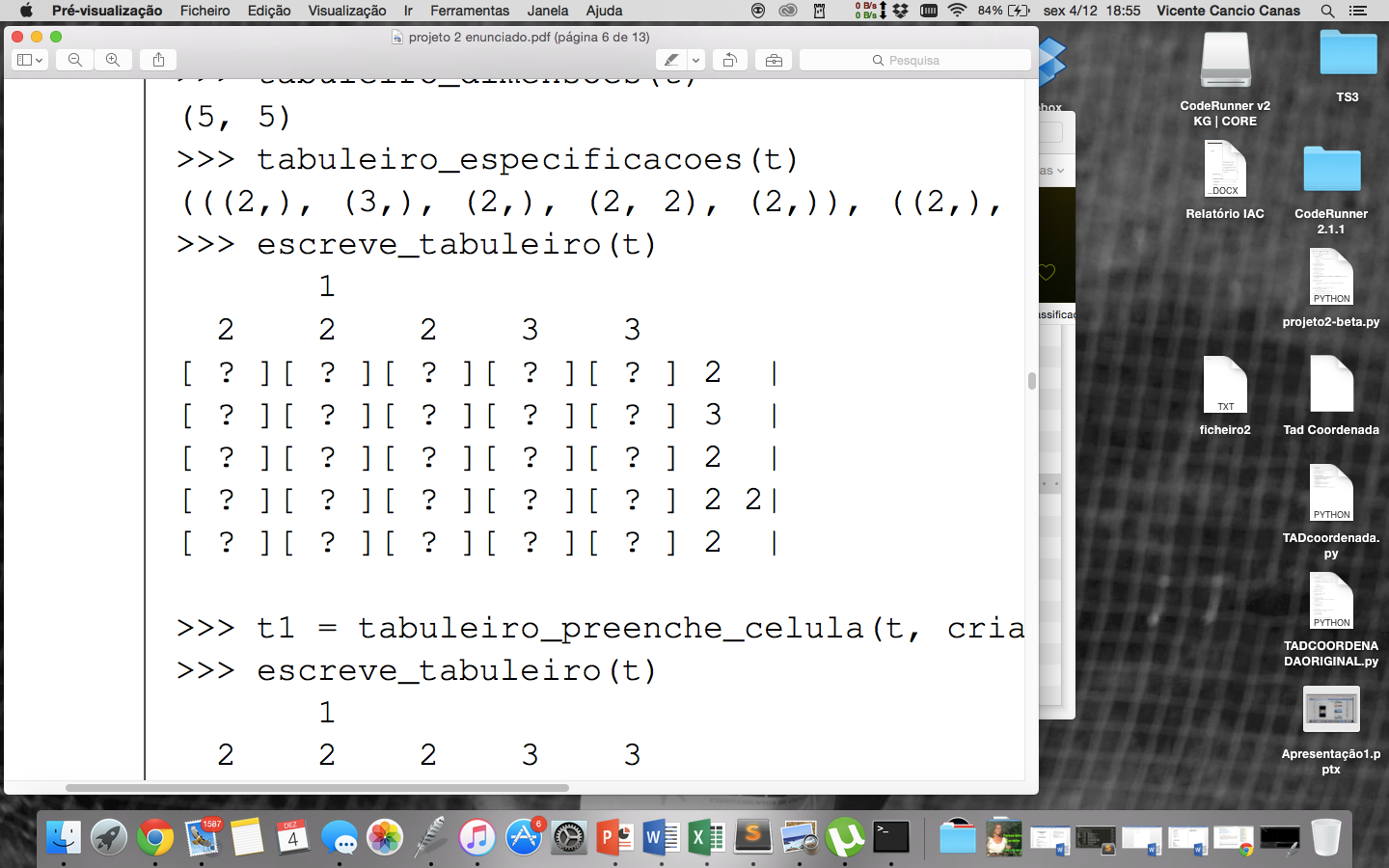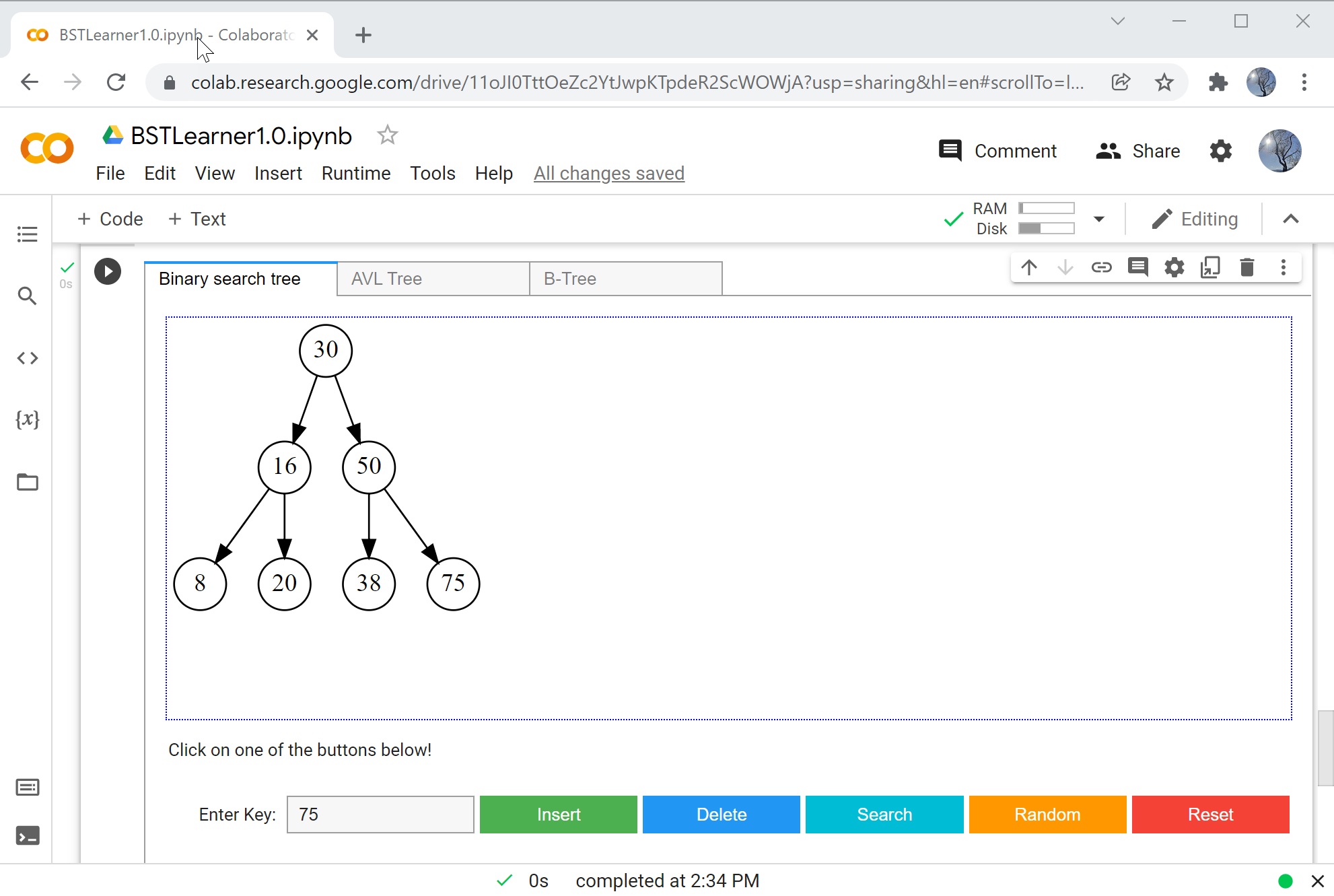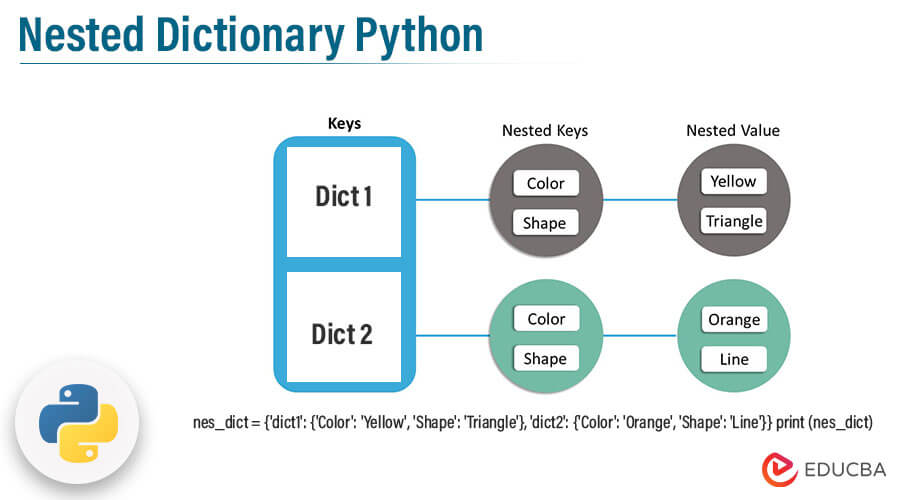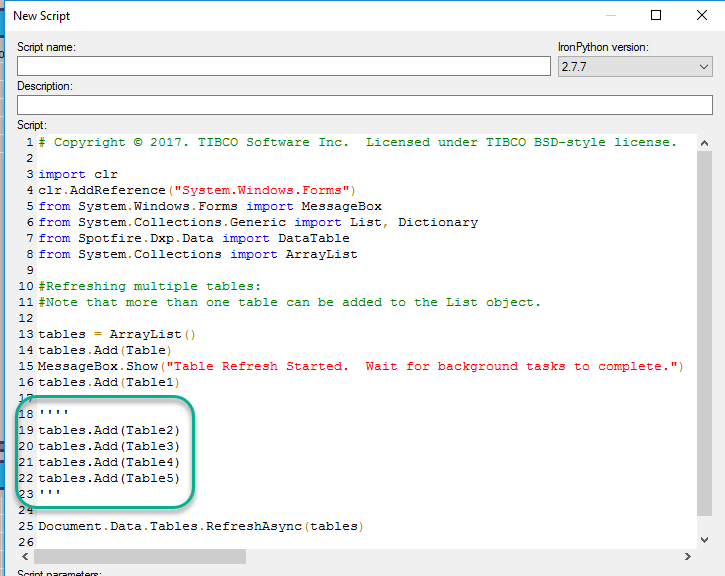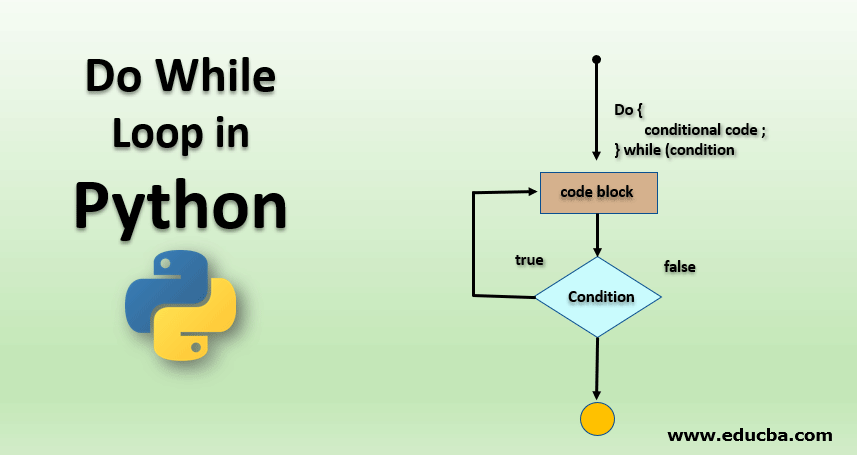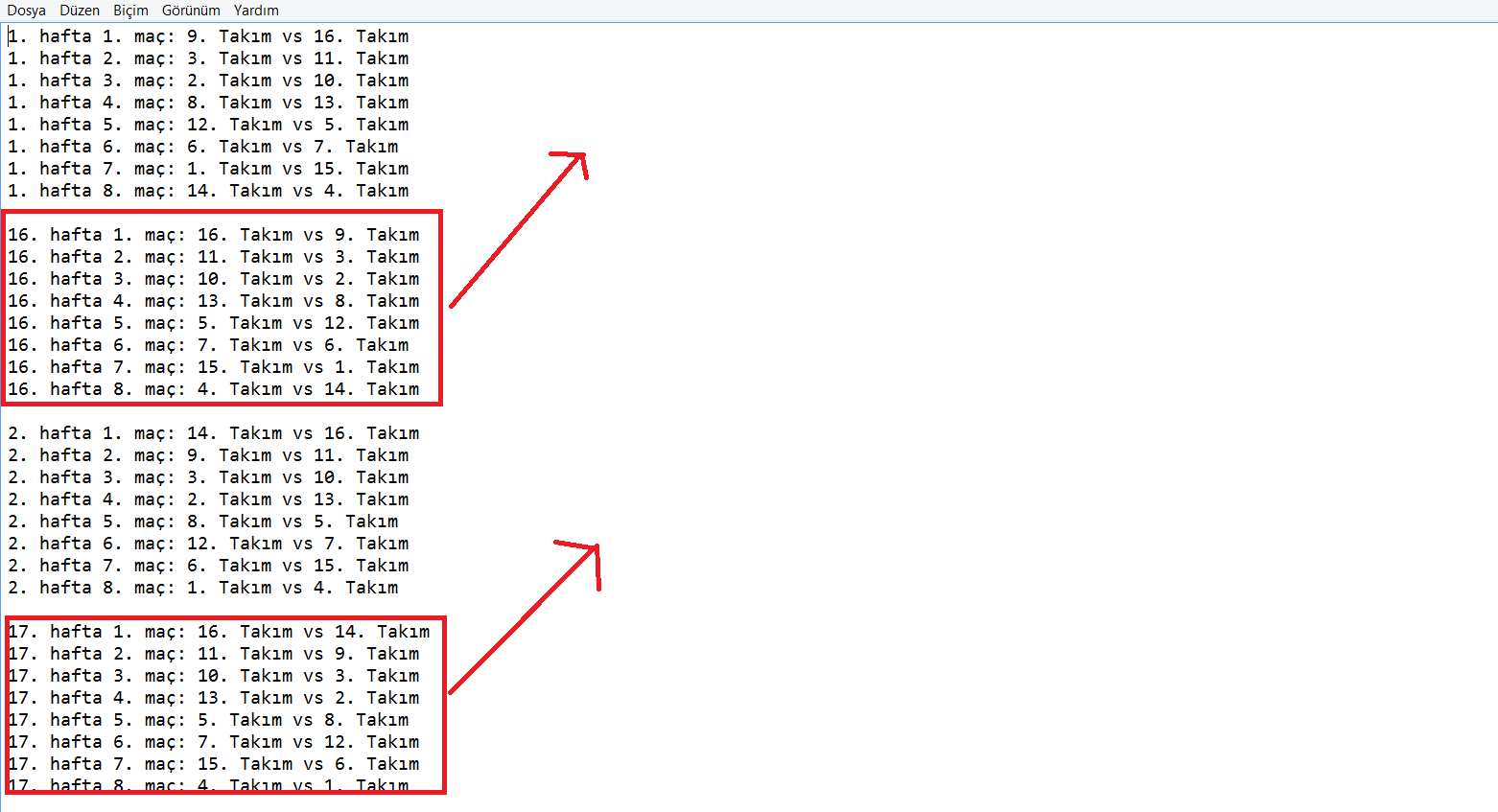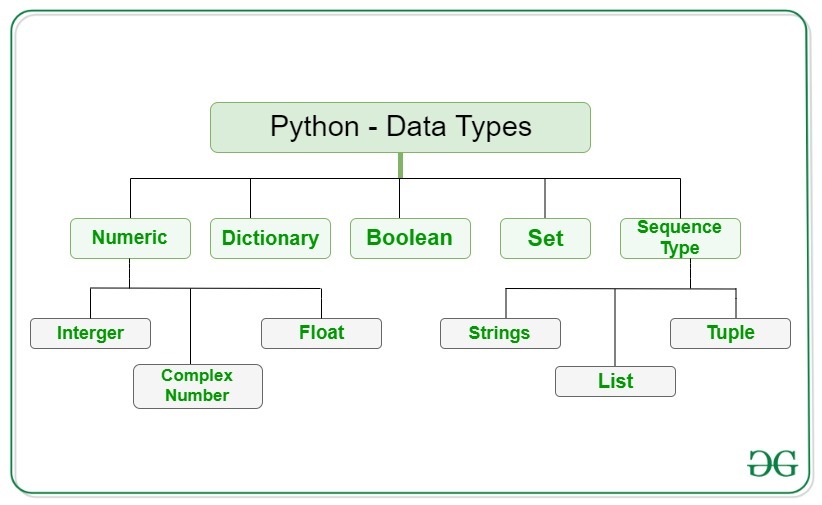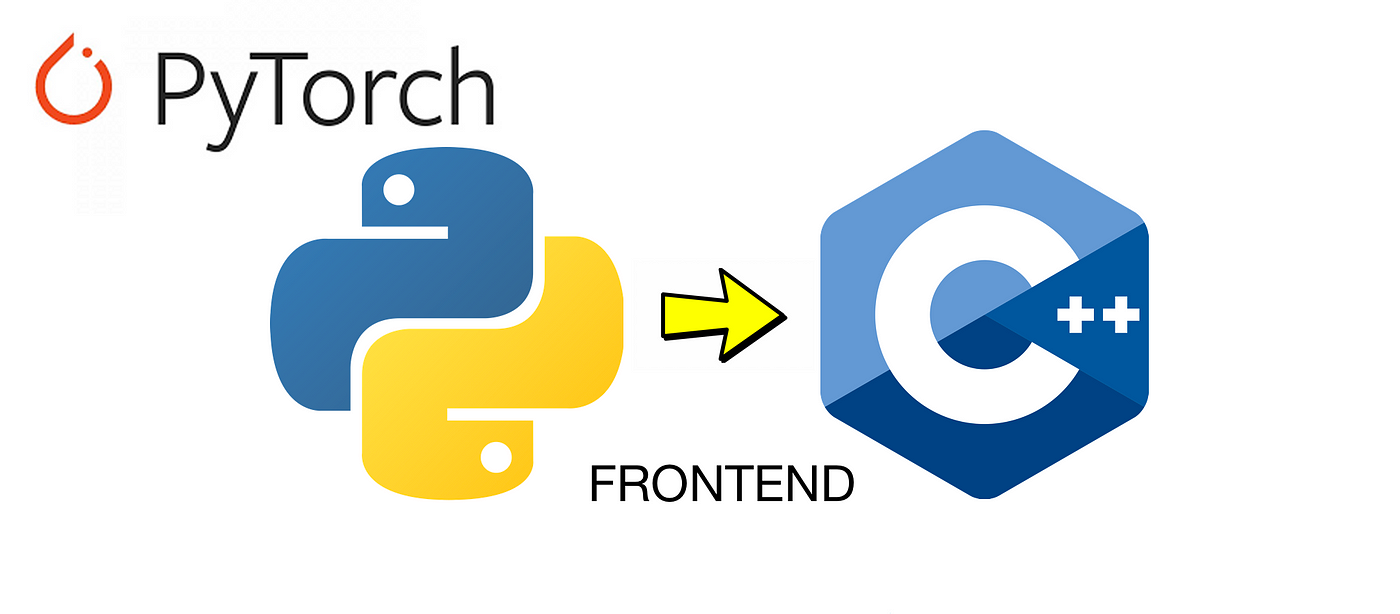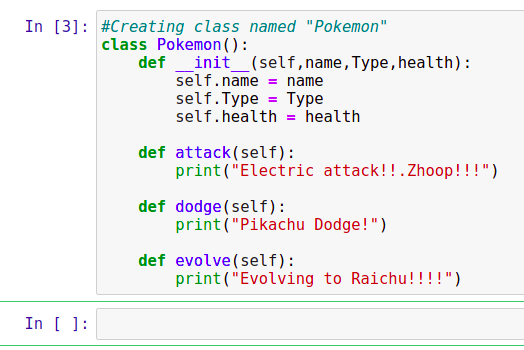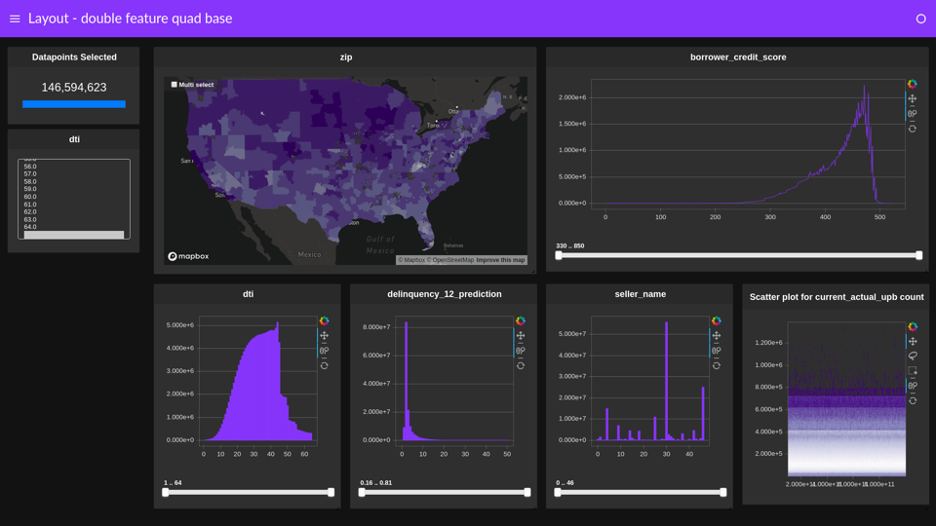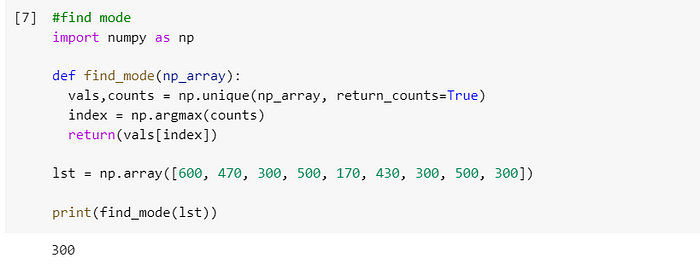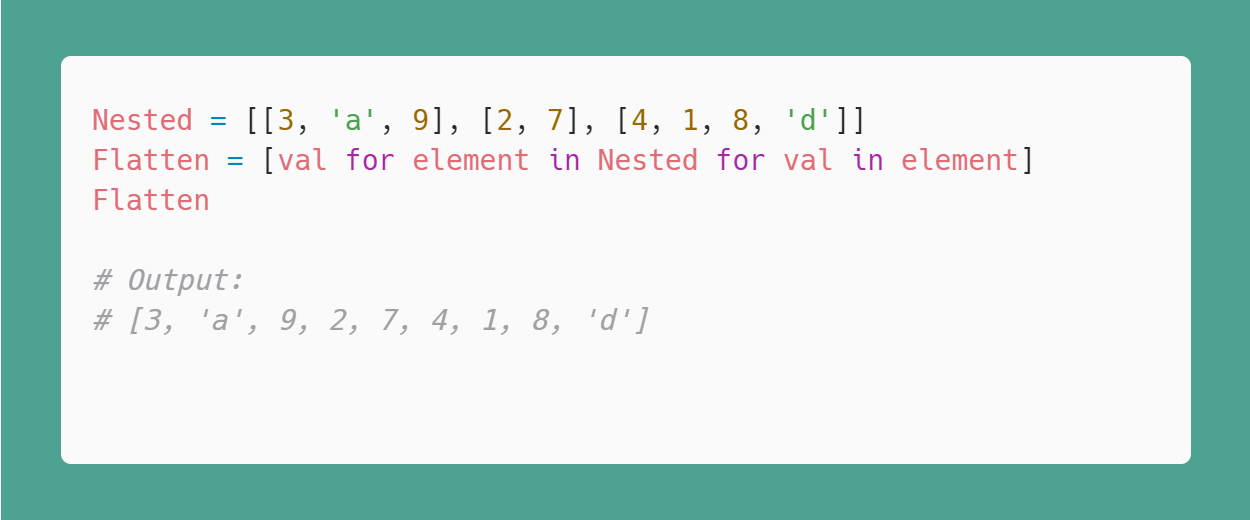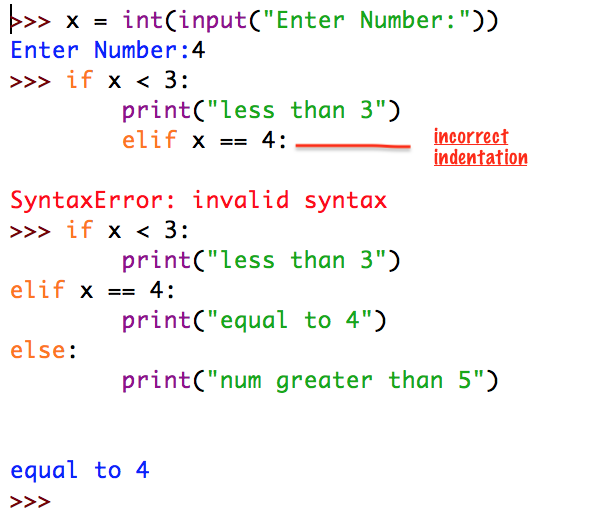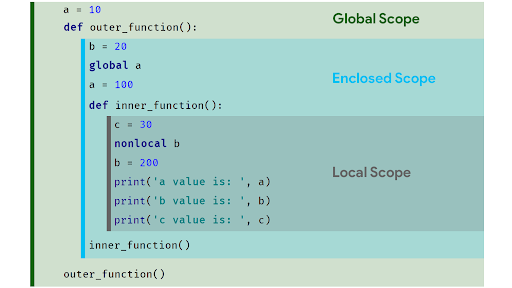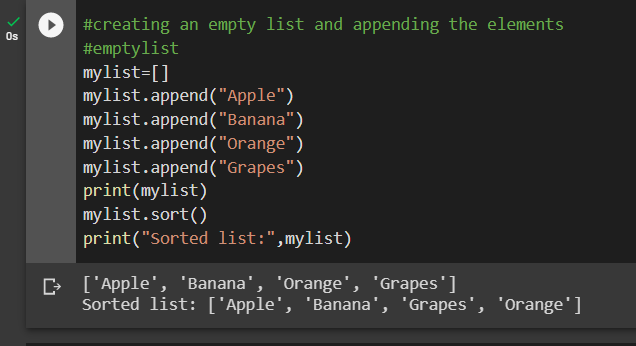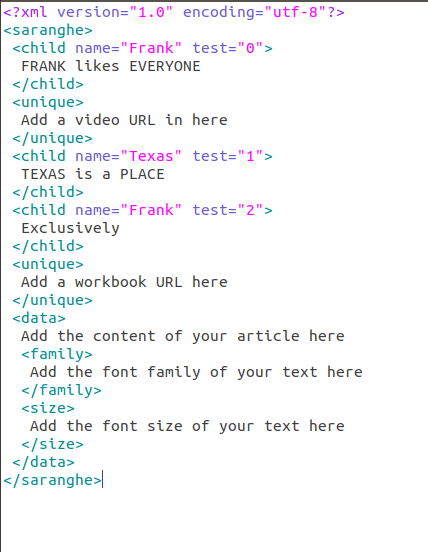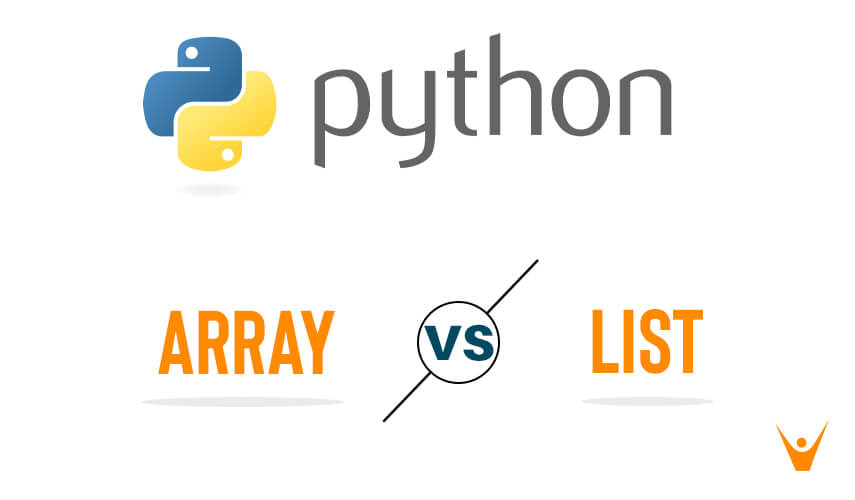How to run pygame in Python?
How to run pygame in Python?
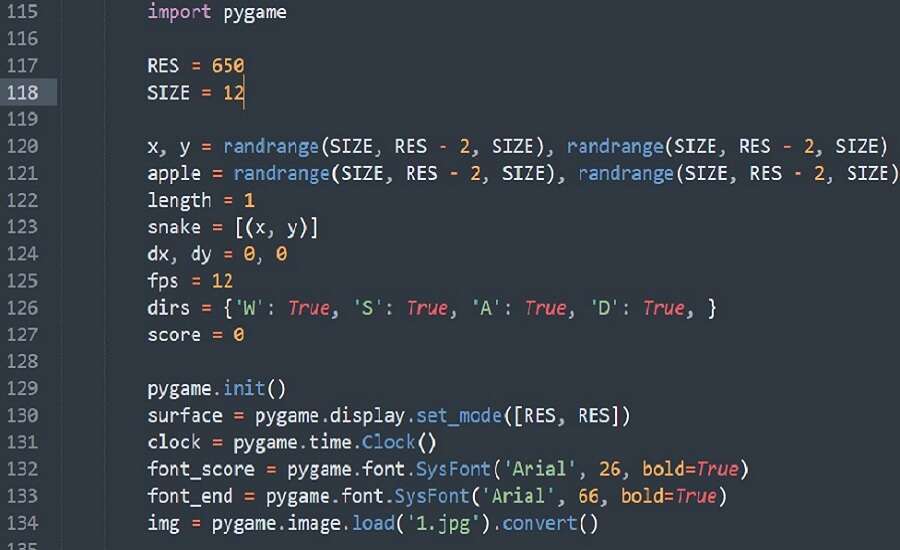
I apologize for the misunderstanding earlier. Here's a detailed guide on how to run Pygame in Python:
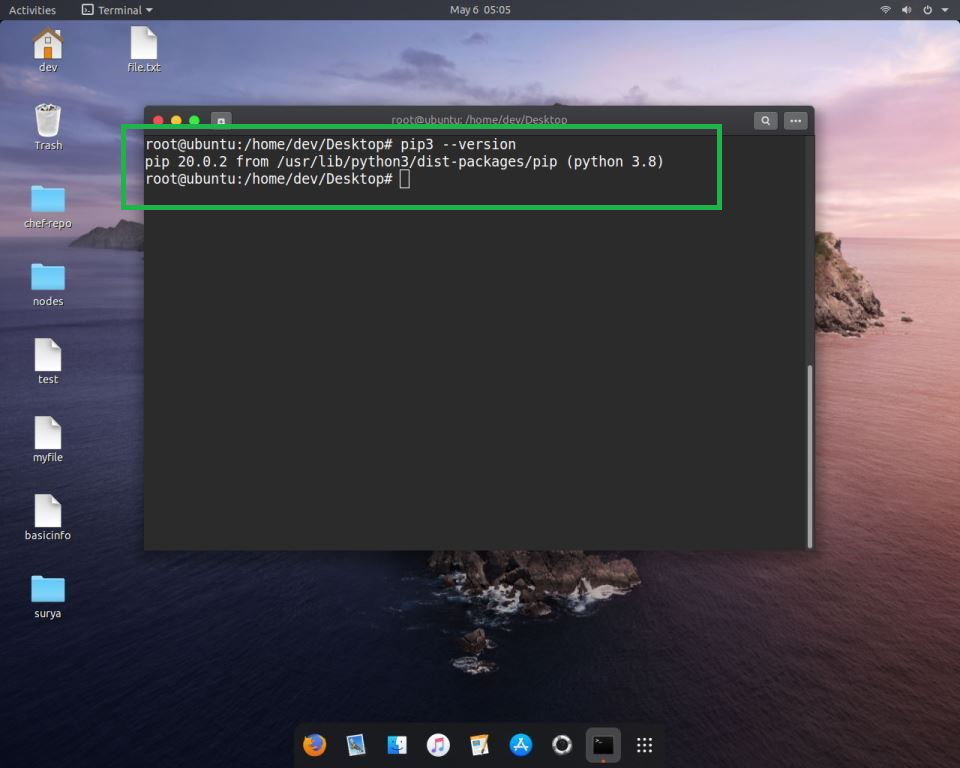
What is Pygame?
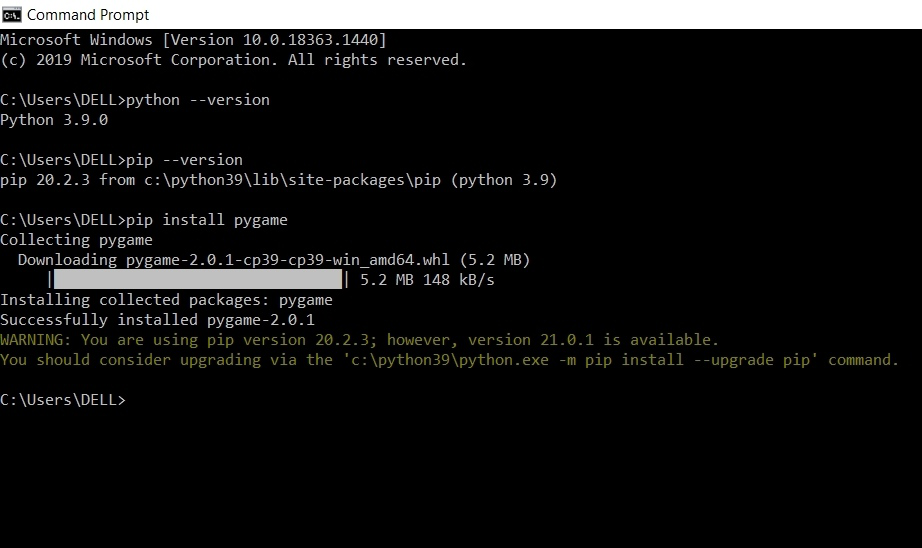
Pygame is a Python library designed for creating games. It provides an easy-to-use set of functions and classes that allow you to create games without worrying about low-level details like graphics, sound, and input.
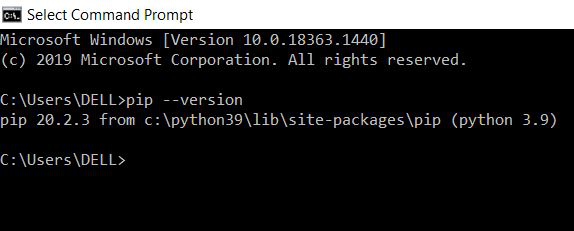
How to Install Pygame?
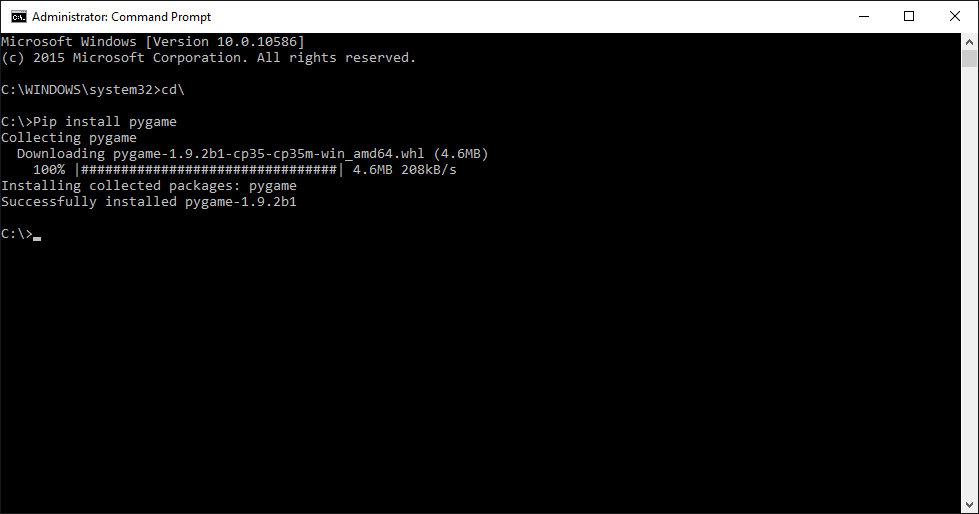
To install Pygame, follow these steps:
Python Installation: First, make sure you have Python installed on your computer. If not, download and install the latest version from the official Python website. pip (Package Installer): pip is the package installer for Python. You can use pip to install various libraries, including Pygame. Install Pygame: Open a terminal or command prompt and typepip install pygame. This will start the installation process. You may need to wait a few seconds depending on your internet connection.
How to Run Pygame?
To run Pygame, create a new Python file with a .py extension (e.g., my_game.py) and import Pygame using the following code:
import pygame
Now you can start creating games! Here's a simple example of how to display a red square on the screen:
import pygame Initialize Pygamepygame.init()
Set the dimensions of the game windowscreen_width = 800
screen_height = 600
screen = pygame.display.set_mode((screen_width, screen_height))
Set the title of the game windowpygame.display.set_caption('My Game')
Define some colorsred = (255, 0, 0)
Create a red squaresquare_x = 50
square_y = 50
square_width = 100
square_height = 100
running = True
while running:
Event handling: handle user input and close the game windowfor event in pygame.event.get():
if event.type == pygame.QUIT:
running = False
Clear the screen by filling it with a colorscreen.fill((0, 0, 0))
Draw a red squarepygame.draw.rect(screen, red, (square_x, square_y, square_width, square_height))
Update the game window to show the changespygame.display.flip()
Quit Pygame and exit the programpygame.quit()
How to Run the Code?
To run the code, save it in a file with a .py extension (e.g., my_game.py) and then execute it using Python:
python my_game.py (or python3 my_game.py for Python 3.x) and press Enter.
Tips and Tricks
To create a game window with a specific title, usepygame.display.set_caption() as shown in the example above. You can change the dimensions of the game window by modifying the values passed to screen = pygame.display.set_mode(). Pygame provides several event types (e.g., QUIT, KEYDOWN, MOUSEBUTTONDOWN) that you can handle using for event in pygame.event.get(): and if event.type == event_type:. You can create different shapes (circles, lines, polygons) by using the various drawing functions provided by Pygame.
These are just some basic steps to get started with Pygame. There are many more features and techniques to explore, but this should give you a solid foundation for creating your own games!
What is pygame used for in Python?
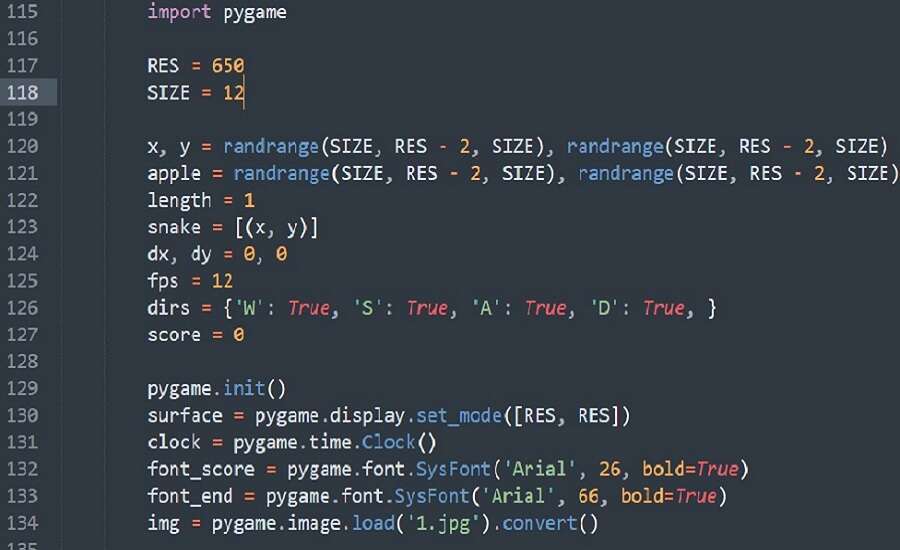
Pygame!
In Python, Pygame (Python Game Library) is a set of modules designed to make creating games easier and more enjoyable. It's an open-source library that provides a simple and easy-to-use interface for game development. Pygame allows you to create visually appealing and interactive 2D games without requiring extensive programming knowledge.
Pygame has several key features that make it popular among developers, especially those who are new to game development:
Easy to use: Pygame's API is straightforward and simple, making it an ideal choice for beginners or those who want to quickly create a game.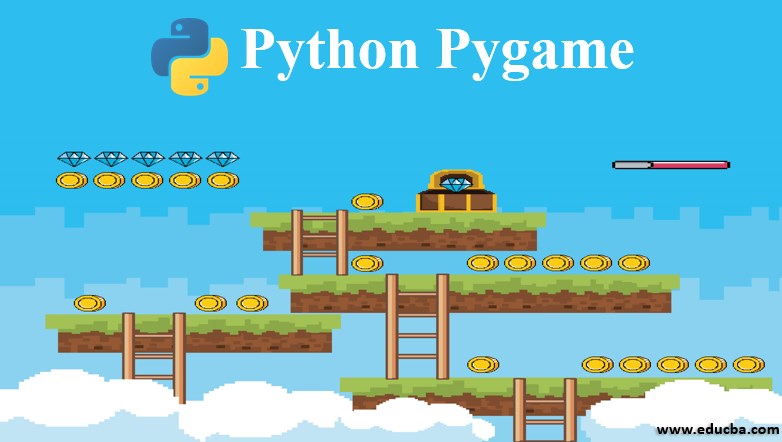

Some examples of what you can do with Pygame:
Create a puzzle game, like Tetris or Sudoku Develop a platformer or runner-style game (think Mario or Canabalt) Make an interactive storybook with animated illustrations and audio Design a physics-based game, such as a marble run or a juggling gamePygame is particularly useful for:
Prototyping: Pygame's ease of use makes it perfect for quickly testing game ideas or creating prototypes. Education: As a teaching tool, Pygame can help beginners learn programming concepts and game development principles in an interactive, engaging way. Indie game development: With Pygame, independent developers can create games without requiring extensive knowledge of low-level programming languages like C++.While Pygame is primarily designed for 2D game development, it can be extended or combined with other libraries to create more complex, 3D-style games (for example, using PyOpenGL or Panda3D).
In summary, Pygame is a powerful and accessible library that simplifies the process of creating interactive, engaging games in Python. Its ease of use, cross-platform compatibility, and built-in multimedia support make it an excellent choice for developers, educators, and enthusiasts alike!
